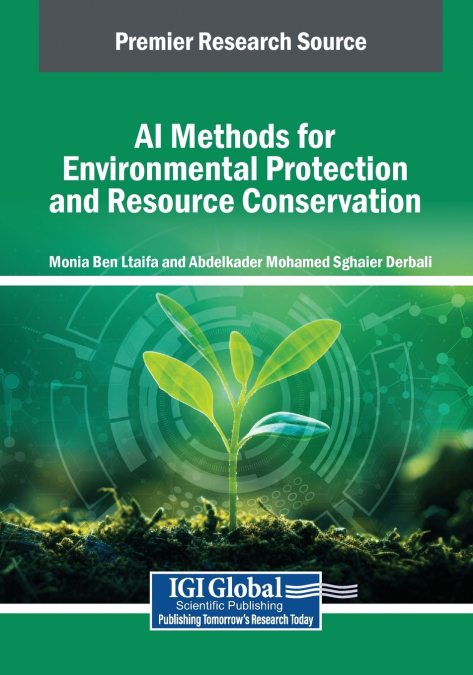
AI methods are harnessed for environmental protection and resource conservation, offering innovative solutions to some of the world s most pressing ecological challenges. From monitoring biodiversity and predicting climate change impacts to optimizing energy consumption and managing waste, AI enables more efficient, data-driven decision-making. Machine learning algorithms analyze large datasets from satellite imagery, sensors, and environmental models to detect deforestation, pollution levels, and the health of ecosystems. AI-powered systems can improve resource management by forecasting demand and consumption patterns, enhancing the sustainability of water, energy, and agricultural systems. By automating processes, identifying trends, and proposing actionable insights, AI may empower governments, organizations, and individuals to implement more effective conservation strategies. AI Methods for Environmental Protection and Resource Conservation explores the role of intelligent technology in environmental science. It examines how artificial intelligence assists in conservation, deforestation monitoring, weather forecasting, CO2 removal, and sustainable transportation. This book covers topics such as big data, energy engineering, and sustainable development, and is a useful resource for engineers, business owners, academicians, researchers, and environmental scientists.